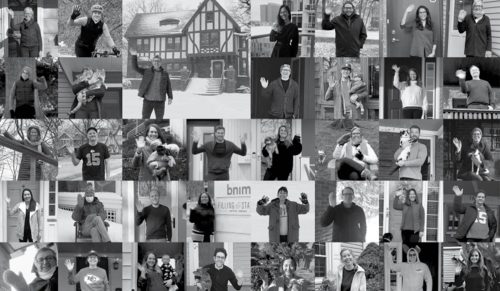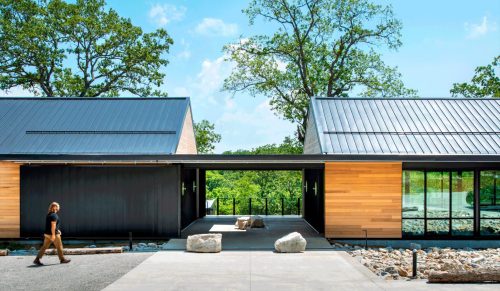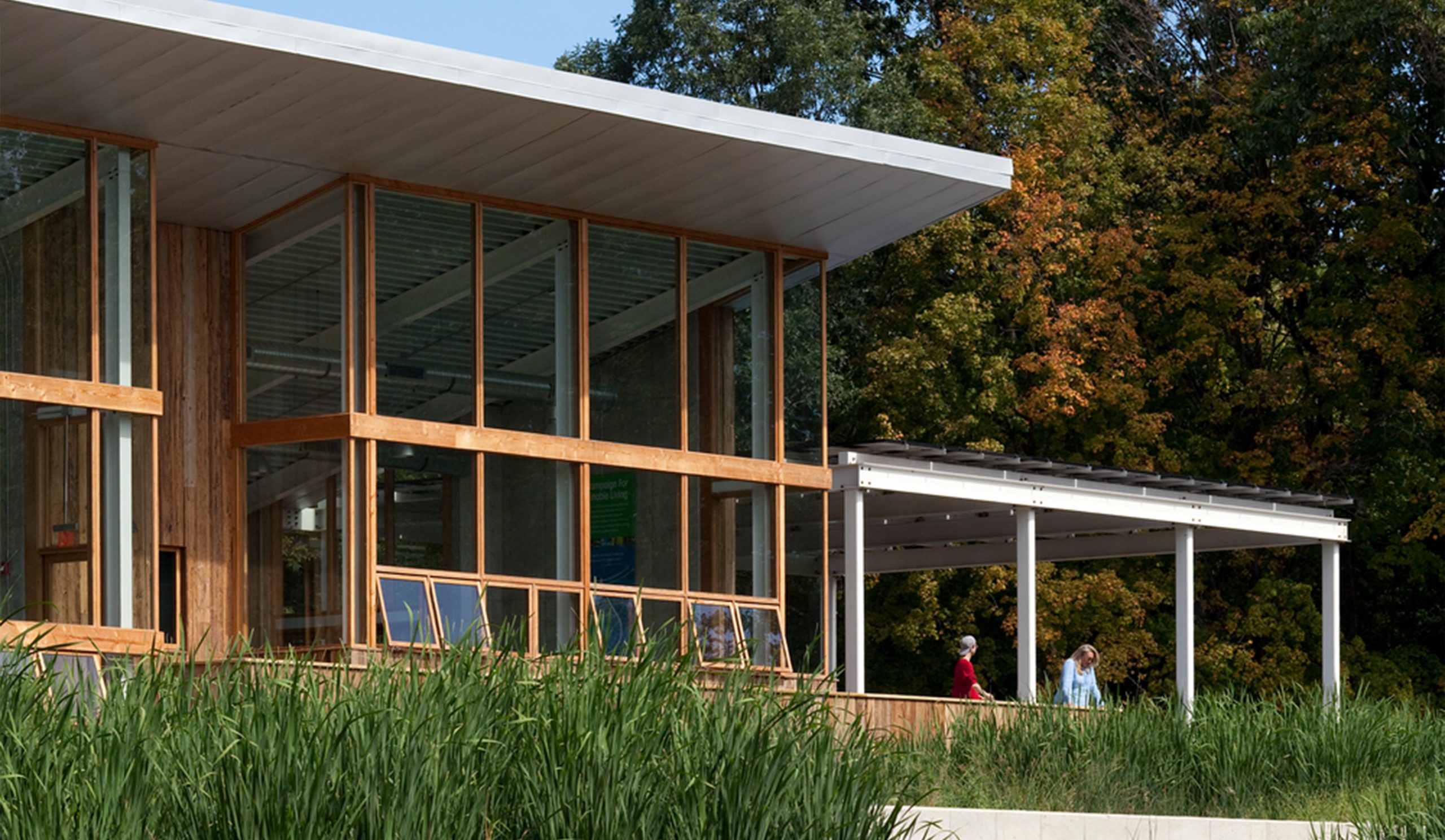
Reconciling nature and human nature through design – Spotlight on Laura Lesniewski
Laura Lesniewski leads with empathy to achieve systemic change and transformative outcomes. For three decades her efforts have elevated the human experience through design, advanced industry knowledge and tools, and applied resilient thinking in practice.
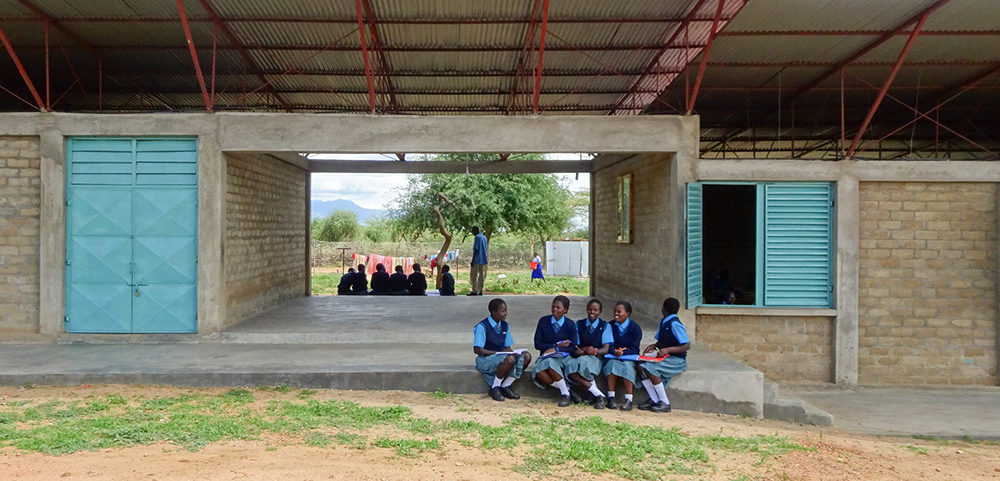
1. Equity – Elevating the human experience through design
Housing. With two housing organizations over the past 30 years, Laura has explored the intersection of sustainability and equity in affordable housing. This includes:
– shepherding the creation of the first ReStore in Kansas City while on the Habitat for Humanity Kansas City Board;
– designing a prototype sustainable Habitat house with innovations in: a prefabricated foundation system, optimized wood structural system, local salvaged materials, and energy-efficient building envelope and HVAC system;
– working on the REDI (race-equity-diversity-inclusion) team at Westside Housing Organization to ensure all aspects of the strategic plan and operations are impacted; and
– engaging staff, partners, and regulatory agencies to integrate housing, health, energy, and equity into projects and services, including wealth-building, energy-efficiency, and healthy homes.
Disaster Recovery. As Principal of BNIM’s Landscape and Planning Studio, Laura oversaw engagement strategies in post-disaster communities that listened deeply to the voices of the empowered and disenfranchised alike to elevate their collective vision for the future, including:
– engagement with the post-tornado communities of Greensburg (KS), Tuscaloosa (AL), and Springfield (MA);
– current leadership with farming communities in Iowa after significant 2019 flooding of the Missouri River; and
– hosting conversations within an historic racially divided community in Kansas City experiencing a slow disaster of decades-long disinvestment.
Equality. Within BNIM’s Women in Design group, Laura has elevated the conversation on gender equity, most notably equity dialogues that create intimate settings for open and vulnerable conversations.
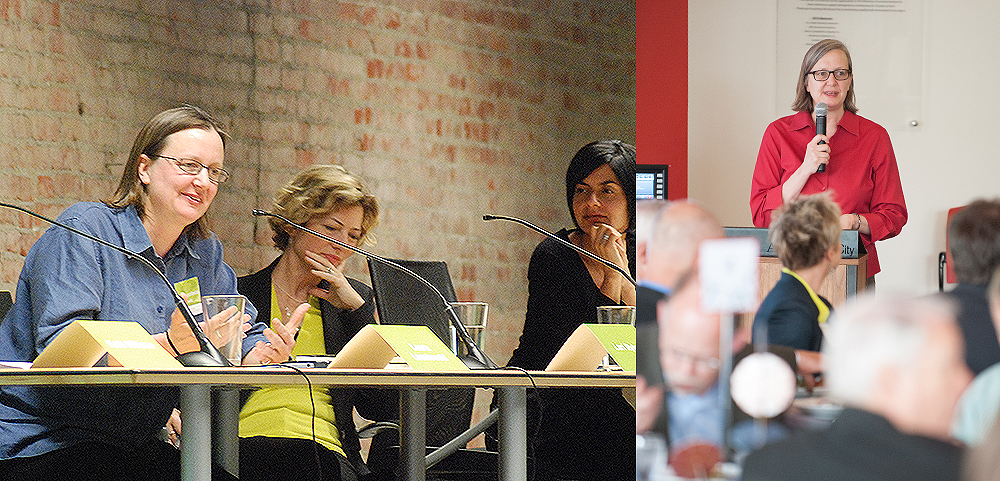
2. Knowledge Advancing knowledge and tools to ensure sustainable outcomes at all levels of practice
Speaking + Writing. For more than 20 years, Laura has been speaking out on the role of architects in addressing climate change, through written and spoken word. Expanding on explorations within her firm, Laura has deepened, refined, and nationally promoted practice-based research and tools that advance practice in sustainable thinking, lessons learned, and encouragement related to sustainable design, integrated design, design tools, resiliency, true costs of green, community engagement, and hope for the future. Audiences have included local, regional, national, and international venues.
Industry Leadership. Within the AIA, and as part of the Strategic Council’s work group on Transforming Architectural Education, Laura led the crafting of the final recommendation to the Board calling for more engagement and influence by AIA on the evolution of architectural education for a rapidly changing world. She served two years in this work group, and led the subgroup on the Board Knowledge Committee that advanced the recommendation for greater impact within the existing AIA structure. A significant piece of this effort will be to address the intersection of equity and climate action.
Teaching. Within academia itself, over the course of several years, Laura has partnered with Steve Padget at the School of Architecture & Design of the University of Kansas to create integrated design studios that rely on engagement with practitioners to address climate change by considering the full breadth of integrated systems within a building project.
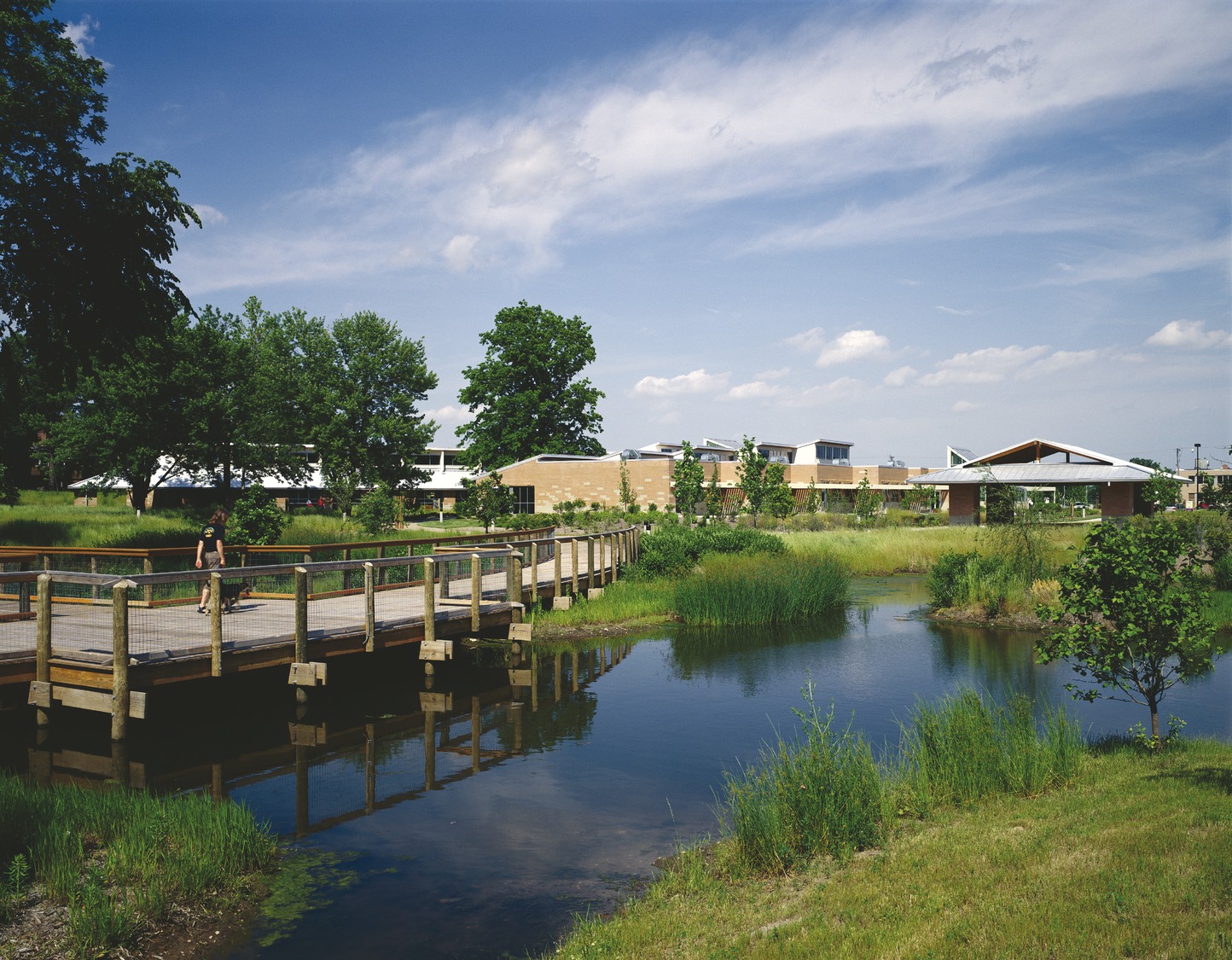
3. Resiliency Leading benchmark projects that serve as models for next-generation green buildings and communities
Through her practice, Laura has broken barriers at state and national levels, creating case-study projects that set new benchmarks in sustainable design practice and demonstrate what is possible for next-gen resilient design. Examples at the building and community scales include:
– first alternative wastewater treatment system endorsed by the Missouri Clean Water Commission at the Anita B. Gorman Conservation Discovery Center in Kansas City in 1999;
– triple-bottom-line success at the Lewis & Clark State Office Building in Jefferson City for the Missouri Department of Natural Resources, the first state office building in the country to achieve LEED Platinum certification, all on a typical state budget and reducing absenteeism by 9%;
– charting a path for net zero energy, water, and more at the community scale with regenerative plans in suburban Montreal, Quebec and in rural Harlemville, New York;
– leading new and renovation projects overseas for the U.S. Department of State on four continents with an emphasis on design excellence and eco-diplomacy; and
– incorporating resiliency in the disaster recovery process for communities impacted by tornadoes and flooding and deeply engaging the community to build resiliency within the built environment of all types of neighborhoods.
